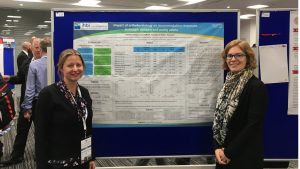Myopia control and no rebound with Highly Aspherical Lenslet spectacles
This cross-over study investigated children wearing highly aspherical lenslet (HAL) spectacle lenses versus single vision spectacles over three six-month periods. The HAL lenses showed consistent myopia control efficacy and no rebound effect when discontinued over one of the six-month periods.




















